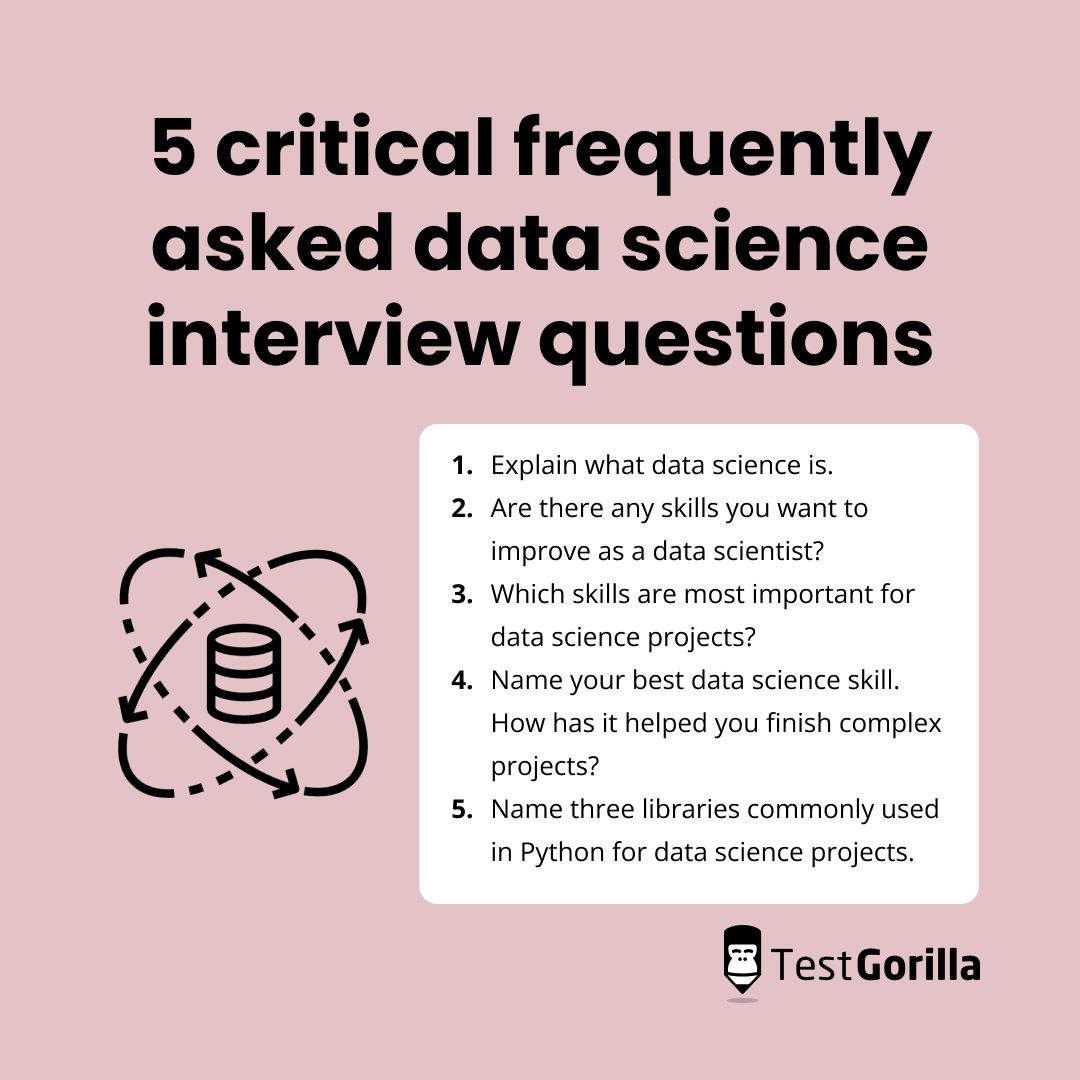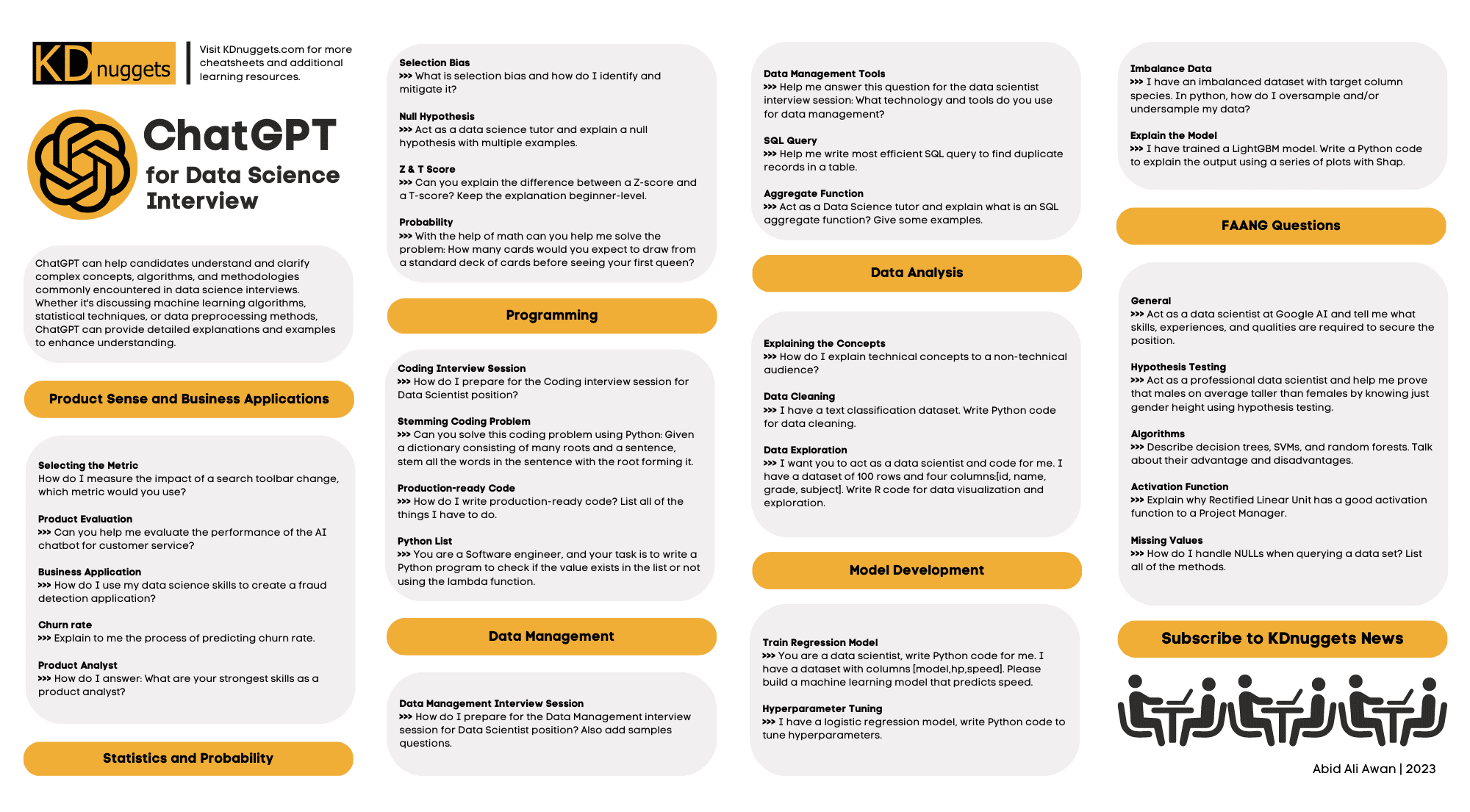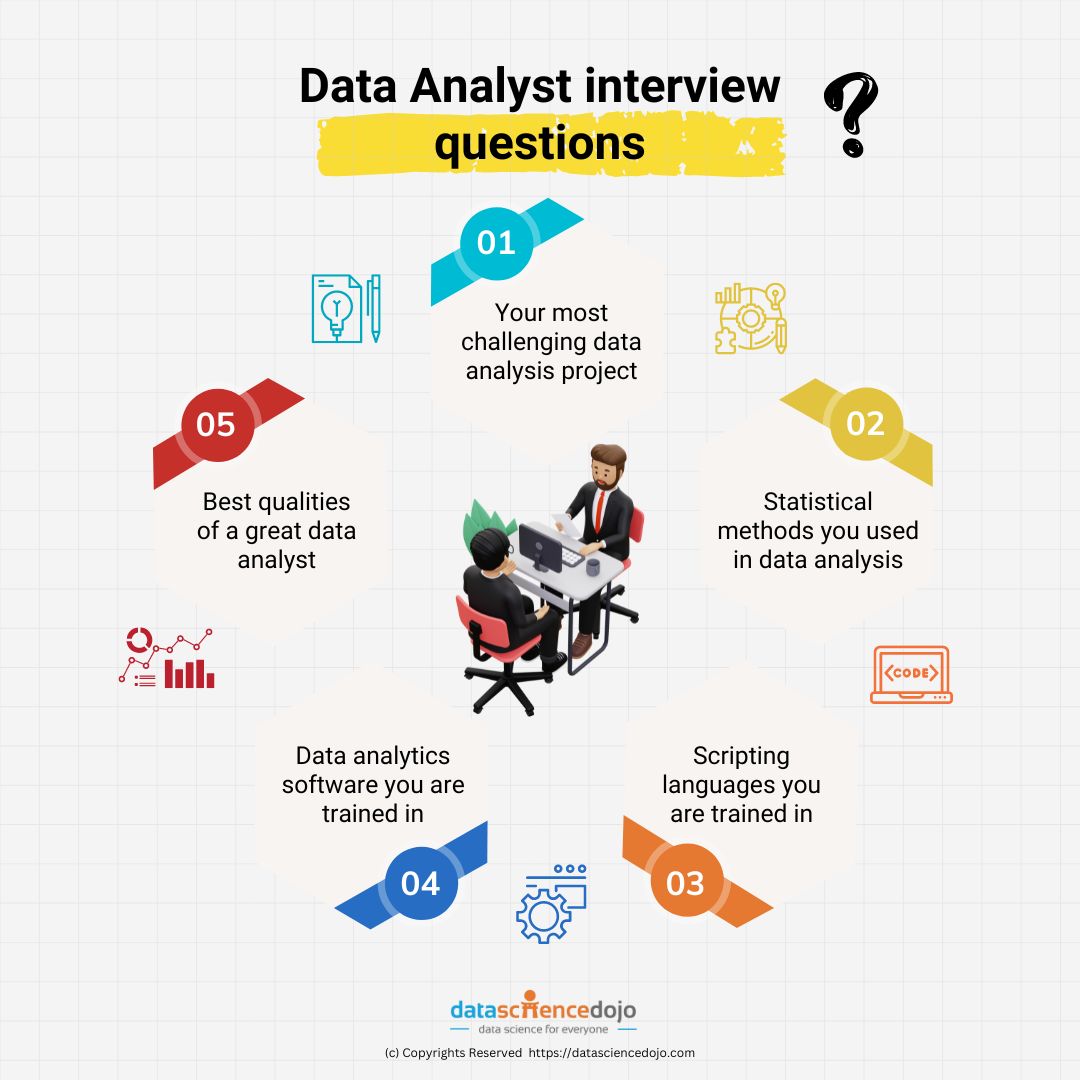All Categories
Featured
Table of Contents
Amazon currently commonly asks interviewees to code in an online record documents. Currently that you understand what questions to expect, allow's concentrate on exactly how to prepare.
Below is our four-step preparation plan for Amazon data researcher prospects. Before investing tens of hours preparing for an interview at Amazon, you should take some time to make certain it's actually the appropriate firm for you.

Practice the method making use of instance inquiries such as those in section 2.1, or those relative to coding-heavy Amazon positions (e.g. Amazon software advancement designer meeting overview). Also, technique SQL and shows inquiries with medium and difficult level instances on LeetCode, HackerRank, or StrataScratch. Take a look at Amazon's technical topics page, which, although it's created around software program development, ought to provide you an idea of what they're keeping an eye out for.
Keep in mind that in the onsite rounds you'll likely need to code on a whiteboard without having the ability to perform it, so practice creating with problems on paper. For maker knowing and stats inquiries, provides on-line training courses developed around analytical probability and other beneficial topics, several of which are totally free. Kaggle likewise offers free programs around introductory and intermediate device discovering, as well as information cleaning, information visualization, SQL, and others.
Mock System Design For Advanced Data Science Interviews
Make certain you have at the very least one tale or instance for every of the concepts, from a vast array of positions and jobs. A fantastic way to practice all of these various types of concerns is to interview yourself out loud. This might sound strange, yet it will dramatically enhance the means you communicate your answers during an interview.

Count on us, it works. Practicing by on your own will only take you thus far. One of the primary difficulties of information researcher meetings at Amazon is communicating your various solutions in a method that's very easy to understand. As an outcome, we strongly recommend experimenting a peer interviewing you. Ideally, a great place to begin is to exercise with friends.
However, be advised, as you might meet the following problems It's tough to understand if the feedback you get is accurate. They're unlikely to have expert expertise of meetings at your target business. On peer systems, people commonly squander your time by not revealing up. For these reasons, lots of candidates miss peer mock interviews and go directly to simulated meetings with a specialist.
Preparing For Data Science Interviews

That's an ROI of 100x!.
Information Scientific research is fairly a large and varied field. As a result, it is really tough to be a jack of all trades. Generally, Information Science would certainly concentrate on maths, computer technology and domain name know-how. While I will briefly cover some computer system scientific research fundamentals, the bulk of this blog will mainly cover the mathematical basics one could either require to brush up on (or even take an entire program).
While I understand the majority of you reviewing this are extra mathematics heavy by nature, realize the mass of data science (dare I claim 80%+) is accumulating, cleansing and handling data into a useful form. Python and R are one of the most preferred ones in the Data Science space. I have additionally come throughout C/C++, Java and Scala.
Interviewbit For Data Science Practice

Typical Python libraries of selection are matplotlib, numpy, pandas and scikit-learn. It is usual to see the majority of the information scientists remaining in one of 2 camps: Mathematicians and Data Source Architects. If you are the 2nd one, the blog will not aid you much (YOU ARE CURRENTLY AMAZING!). If you are amongst the very first team (like me), possibilities are you feel that composing a double embedded SQL query is an utter problem.
This might either be accumulating sensing unit information, analyzing websites or performing studies. After gathering the data, it needs to be transformed right into a functional form (e.g. key-value shop in JSON Lines documents). As soon as the information is accumulated and put in a usable style, it is important to execute some information quality checks.
Tackling Technical Challenges For Data Science Roles
However, in situations of fraudulence, it is very usual to have heavy course discrepancy (e.g. just 2% of the dataset is real fraudulence). Such details is crucial to choose the appropriate choices for attribute design, modelling and design examination. To learn more, check my blog site on Scams Detection Under Extreme Class Discrepancy.

Common univariate analysis of choice is the pie chart. In bivariate analysis, each function is compared to various other features in the dataset. This would certainly consist of connection matrix, co-variance matrix or my individual fave, the scatter matrix. Scatter matrices permit us to discover covert patterns such as- functions that should be engineered with each other- functions that may require to be removed to avoid multicolinearityMulticollinearity is in fact a problem for numerous designs like straight regression and for this reason requires to be cared for as necessary.
In this section, we will check out some usual feature engineering techniques. Sometimes, the function by itself may not offer valuable details. As an example, picture using internet usage data. You will certainly have YouTube users going as high as Giga Bytes while Facebook Carrier users make use of a couple of Huge Bytes.
One more problem is the use of categorical worths. While categorical worths are typical in the data science globe, realize computer systems can only understand numbers.
Project Manager Interview Questions
At times, having way too many sparse measurements will interfere with the efficiency of the version. For such circumstances (as commonly carried out in photo recognition), dimensionality reduction formulas are made use of. An algorithm commonly used for dimensionality decrease is Principal Parts Evaluation or PCA. Discover the technicians of PCA as it is also among those topics amongst!!! For more info, take a look at Michael Galarnyk's blog on PCA utilizing Python.
The common categories and their below categories are described in this section. Filter techniques are generally utilized as a preprocessing step. The choice of attributes is independent of any kind of maker learning algorithms. Instead, features are chosen on the basis of their ratings in different analytical tests for their relationship with the result variable.
Usual approaches under this classification are Pearson's Correlation, Linear Discriminant Analysis, ANOVA and Chi-Square. In wrapper techniques, we attempt to use a part of attributes and train a version utilizing them. Based on the reasonings that we attract from the previous design, we determine to include or get rid of functions from your part.
Data Engineer Roles And Interview Prep
These techniques are typically computationally extremely pricey. Typical methods under this classification are Ahead Choice, Backwards Elimination and Recursive Attribute Elimination. Embedded approaches incorporate the qualities' of filter and wrapper approaches. It's executed by algorithms that have their very own built-in function choice approaches. LASSO and RIDGE prevail ones. The regularizations are given up the equations listed below as reference: Lasso: Ridge: That being said, it is to comprehend the auto mechanics behind LASSO and RIDGE for interviews.
Overseen Discovering is when the tags are offered. Without supervision Knowing is when the tags are inaccessible. Obtain it? SUPERVISE the tags! Word play here planned. That being claimed,!!! This blunder is sufficient for the recruiter to cancel the meeting. Another noob error individuals make is not normalizing the features prior to running the design.
Straight and Logistic Regression are the most fundamental and typically utilized Equipment Discovering formulas out there. Prior to doing any kind of analysis One typical interview mistake individuals make is starting their analysis with an extra intricate model like Neural Network. Criteria are vital.
Latest Posts
Mock Interviews For Software Engineers – How To Practice & Improve
How To Crack Faang Interviews – A Step-by-step Guide
How To Study For A Software Engineering Interview In 3 Months